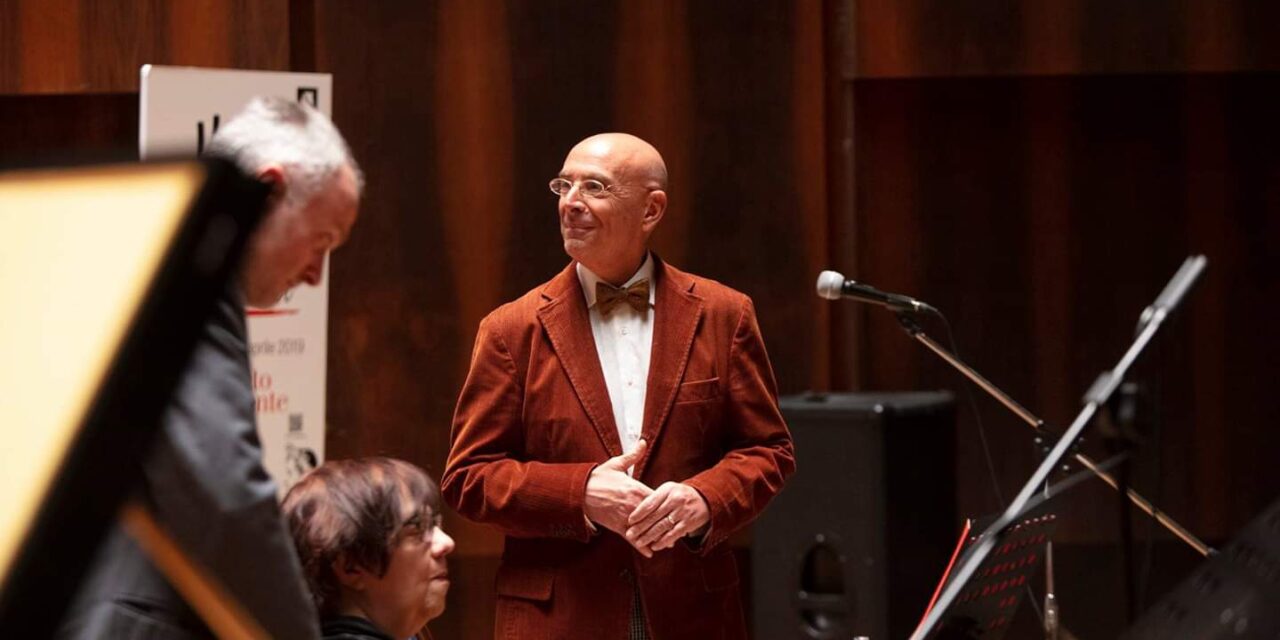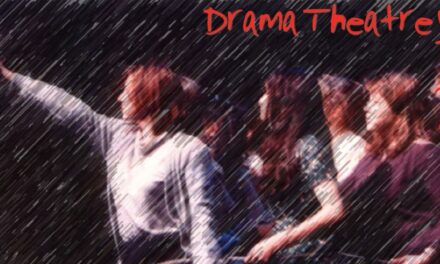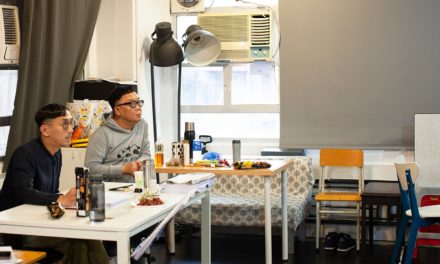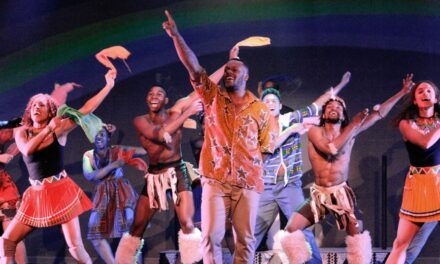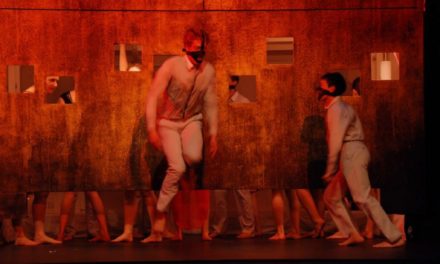The Conservatory San Pietro a Majella is one of the most important and prestigious musical institutions in Italy. Founded in 1808 in Naples, it inherited four historical Neapolitan conservatories: Santa Maria di Loreto, Sant’Onofrio a Capuana, Santa Maria della Pietà dei Turchini, and Poveri di Gesù Cristo. In the 16th century, these institutions were homes for orphans and welfare institutions for poor children of the town, and later specialized in musical education.
Historically, music training was limited to teaching catechism and supported liturgy and devotional practices, but in the 17th century it evolved to fulfill a wider social function. The increase in demand for musical services by religious and secular clients led to the need to provide children with an education than could be used once they left the conservatory. For this reason, the homes for orphans were transformed into musical schools. They were also open to external students, with a careful organization.
The first location was at the monastery of St. Sebastian; in 1826 there it moved to the present location, in the monastery annexed to the church of San Pietro a Majella, in the historical center of Naples. In one of the two beautiful cloisters, there is an imposing statue of Beethoven by the sculptor Francesco Jerace (1895). The Conservatory Library holds one of the most precious collections of musical manuscripts and opera librettos in Italy. The Conservatory Museum preserves a rich collection of rare musical instruments used by famous musicians, and a wonderful gallery of marble busts and portraits of artists who studied or taught in Naples.
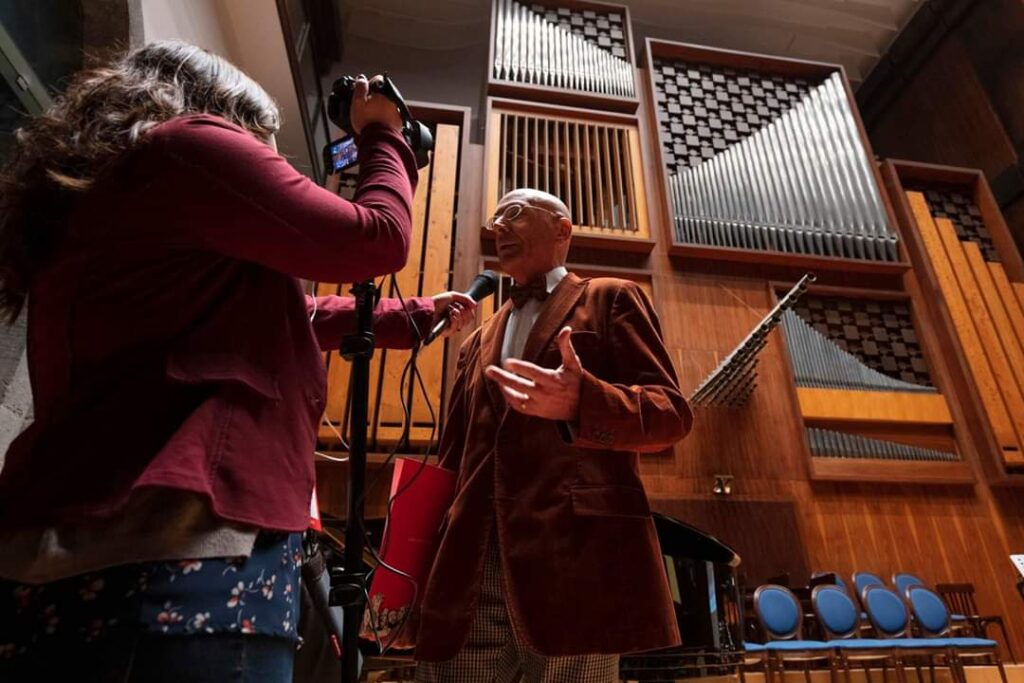
Prof. Paologiovanni Maione at the Auditorium Scarlatti. Courtesy of Conservatorio San Pietro a Majella in Naples
Before the pandemic, concerts at the Conservatory were traditionally held on Fridays at 6 p.m. It was a popular musical event in Naples that aimed to present the young music talent to the audience. Due to COVID-19, they shifted live streaming; the first concert took place on November 20, 2020, for the opening of the new academic year. The concert live stream was accessible from the Facebook Page of the Conservatory and the YouTube Channel every Friday, where all the recordings are available to view now.
Technology has now allowed the reopening of the Auditorium Scarlatti and the Sala Martucci at the Conservatory, but the online audience accessed the live streams with enthusiasm, as can be seen from the thousands of views. The title of the concert series is emblematic of the times we live in: Chi ci ferma! (Who stops us!). This is not an interrogative sentence that ends with a question mark (?), but a sentence full of positive energy that ends with an exclamation point (!) in order to reaffirm the will and passion to continue with the Conservatory’s educational and artistic goals.
Professor Paologiovanni Maione, scholar, and musicologist of international renown who teaches History of Music at the Conservatory in Naples, opened the inaugural concert. He is a great master, and his face showed the emotion and joy that comes from giving young musicians a chance in such a difficult period. “Nothing has been able to stop the Conservatory. In 2020, we have continued to produce art and culture in an extraordinary way, and also using new technology didactically”. The online audience had the opportunity to listen to a range of instrumental concerts, including piano, violin, drums, harp, mandolin, and guitar. There were also a jazz concert and a lyric gala with a symbolic Christmas lunch to celebrate the anniversary of Pellegrino Artusi (1820-1911).
A sax concert at the Conservatory San Pietro a Majella in Naples, January 29, 2021.
The concert streamed on January 29, 2021, was entitled The Short Century of the Sax. Young musicians Leonardo Auricchio and Luigi Falanga had chosen an interesting program combining experimentation and classical memories created in the 20th century. Thanks to their talent, it was possible to hear some masterpieces for saxophones; this music was composed by Luciano Berio (1925-2003) and Paul Bonneau (1918-1995), who investigated the extraordinary, technical possibilities of the instruments in a mixture of provocation and acoustical research. The duet pieces by Georg Philipp Telemann and Beethoven.
The concert ended with The Garden of Love by Jacob ter Veldhuis (born in 1951), who considers a possible dramaturgy for the instrument, using the visionary nature of a video. The result is a “theatre of sounds” based on a union of many different languages.
The concerts by the Conservatory San Pietro a Majella in Naples are a great occasion to discover Italian musical excellence. For the young talent, the Internet opened a different opportunity to communicate with audiences, and the impact of their performances cannot be underestimated.
This post was written by the author in their personal capacity.The opinions expressed in this article are the author’s own and do not reflect the view of The Theatre Times, their staff or collaborators.
This post was written by Maria Pia Pagani.
The views expressed here belong to the author and do not necessarily reflect our views and opinions.

